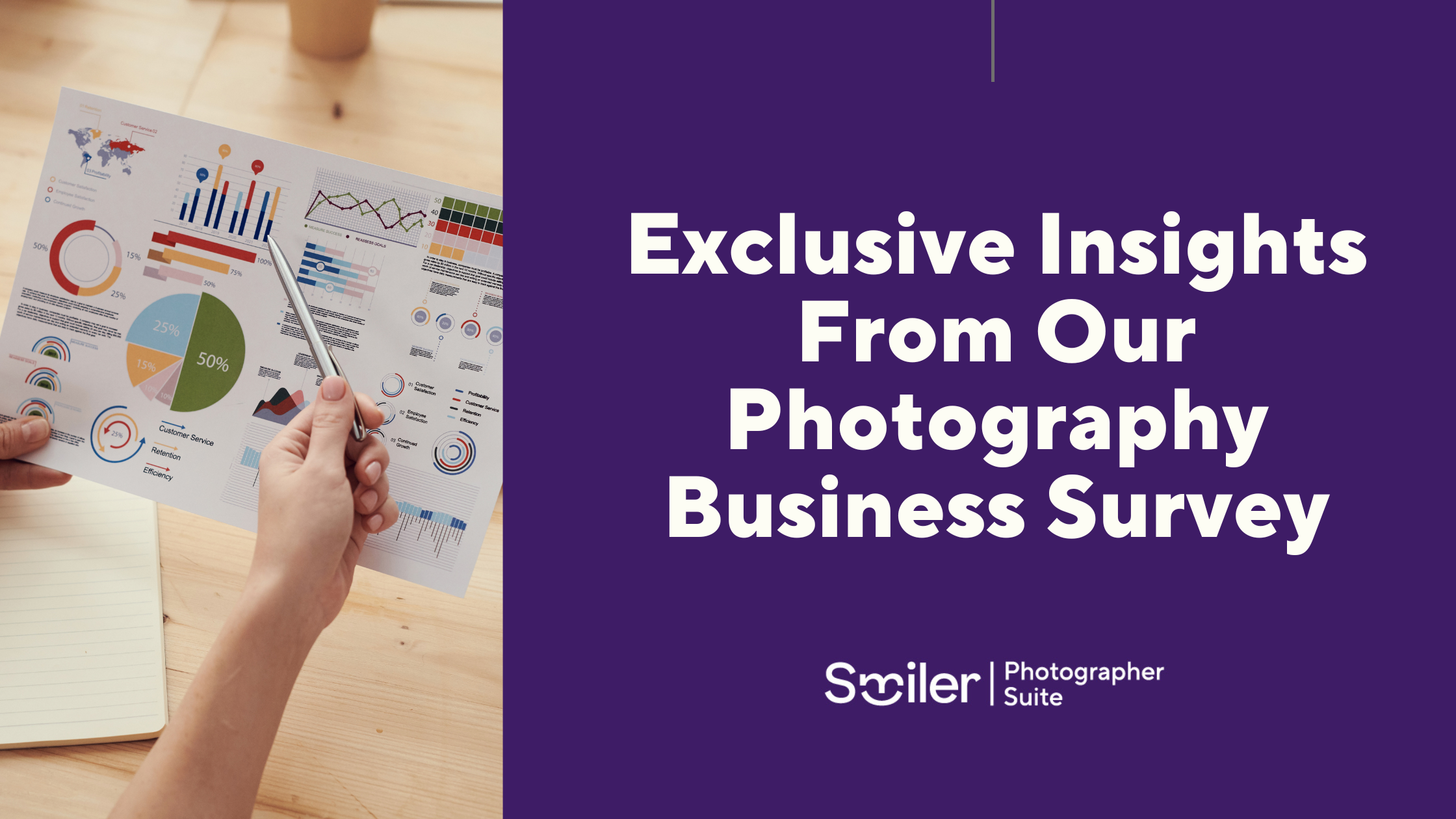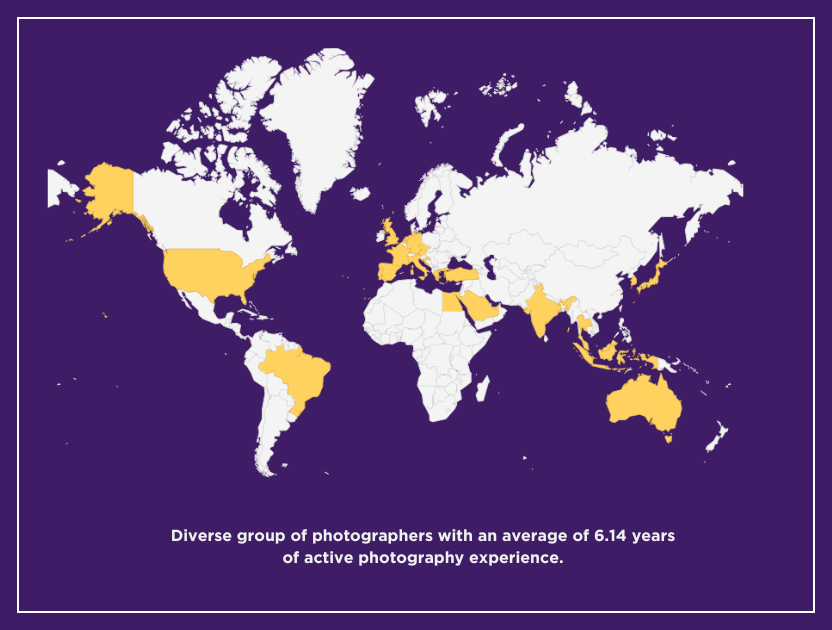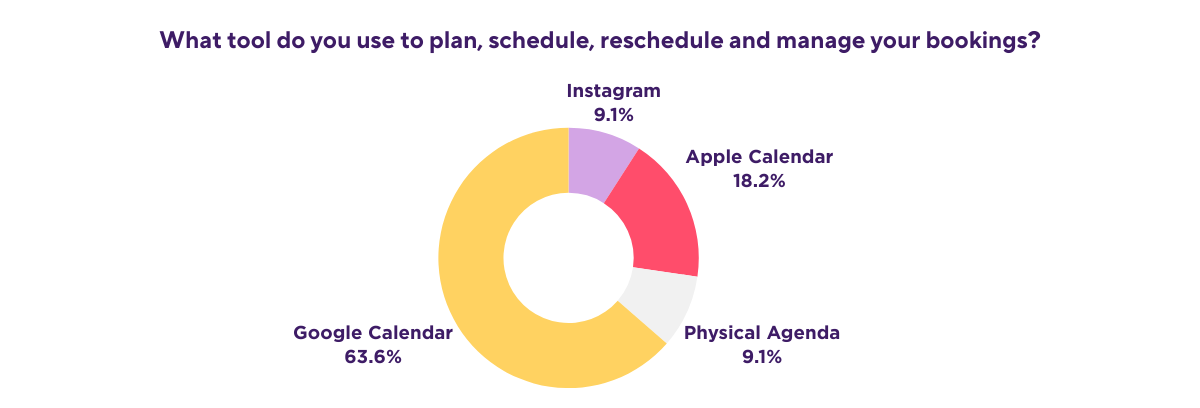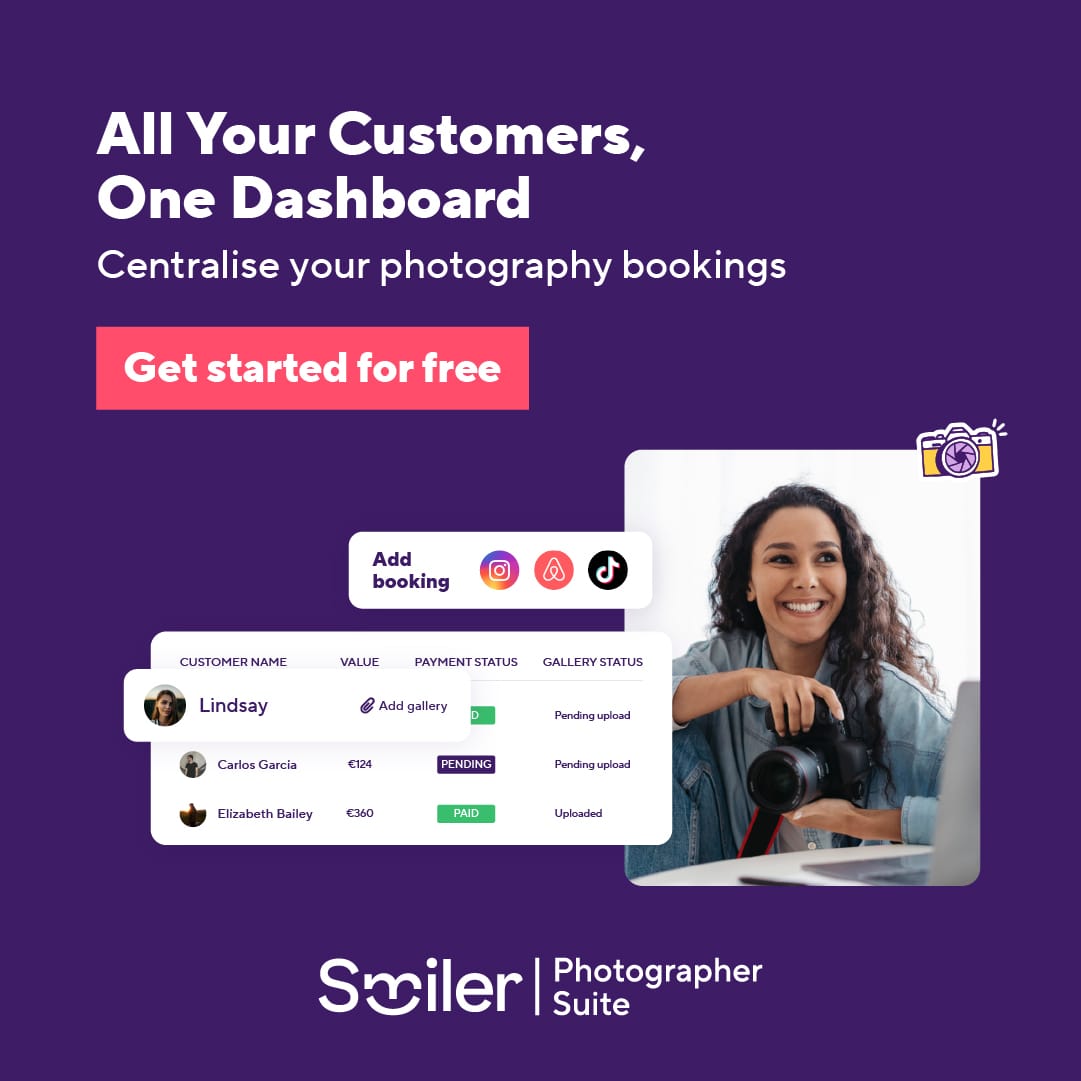Exclusive: Insights from Our Photography Business Survey
Dive into our recent survey findings now to gain insights into how photographers worldwide are managing their businesses.

Welcome to our exclusive peek behind the lens! In this article, we're going to explore the experiences of numerous professional photographers and various aspects of running a successful photography business - including topics like payments, delivery methods, client reviews, and more.
Our primary motivation behind this survey was to gain a thorough understanding of the competitive landscape of professional photography. Through this survey, we hope to uncover the secrets to a smoother and more rewarding experience, benefiting both our dedicated photographers and the valued clients they serve.
Participation
In our recent survey, we collected responses from participants in 72 cities spanning six continents, offering a truly global insight into photography preferences and trends.

This global reach enabled us to compile a diverse dataset that reflects the wide-ranging perspectives and preferences of photographers worldwide, ensuring our findings are inclusive and representative of the global photography community. Let's dive in!
How photographers communicate with clients
When it comes to establishing easy channels for communication with clients, WhatsApp is still the top method, while social media channels are a close second.

However, some users find these tools less formal, raising security concerns, and expressing frustration with disorganisation and spam.
Specific platform drawbacks, like algorithm changes on Instagram and email's impersonal nature, are also noted, along with concerns about inappropriate messages, suggesting a need for better moderation and privacy controls.
A peek into calendar management
In the survey results, we observed that photographers employ a wide range of tools to plan, schedule, and manage their bookings.
Digital calendars, notably Google Calendar and Apple Calendar, dominate the landscape due to their convenience, accessibility, and seamless integration with digital devices and platforms.

Surprisingly, traditional methods like paper journals and diaries still hold value for some users. Additionally, a subset of respondents opts for mixed methods or specific platforms like WhatsApp, Instagram, or Fiverr - highlighting the significance of personal preferences and work-related considerations in tool selection.
However, photographers find these tools insufficient in three main areas:
- Limitations of digital calendars, such as inadequate reminder functions or a perceived lack of professionalism
- Inconvenience of making changes
- Lack of direct access to their schedule, making it difficult for clients to view availability

Get started with Smiler for free
Take control of your schedule with a convenient, centralised calendar.
Top 3 payment methods for photographers
- Bank transfer – 59.6%
- Mixed methods (Cash+Bank transfer) – 19.9%
- PayPal – 12.8%
In the photography industry, customers and photographers have diverse preferences when it comes to payment methods. Many customers opt for the convenience of bank transfers and online payment services like PayPal, making it suitable for remote or international transactions. Cash transactions are still popular, especially for smaller or local payments, due to their immediacy and simplicity.

Photographers typically use two common payment approaches for their services. One option is to request a partial payment or deposit, usually around 30% to 50% of the total fee before the shoot, with the remaining balance due after the photos are delivered.
The choice of payment timing can also vary based on project size and client relationships, with larger events often requiring an upfront percentage, while smaller shoots or known clients may pay entirely after photo delivery, offering flexibility to photographers.
Popular delivery methods among photographers
There are various tools and approaches that photographers find both appealing and challenging. They highly value interfaces that are easy to use and offer the capability to upload and share a multitude of high-resolution images. This is why services such as WeTransfer and Google Drive are the two most popular among photographers.

Photographers report a few common key concerns when it comes to their chosen photo delivery tools:
- Extra costs: There's frustration among photographers regarding the need to pay extra for extended storage or additional features in tools like WeTransfer and Pixieset. This includes fees for sending larger files or getting extended access to uploaded photos.
- Limits: Many photographers don't like the limited storage space and the fact that shared links often expire within 7 days. This can be inconvenient for both them and their clients.
- Lack of aesthetics and usability: Some photographers wish for more attractive presentation options when sharing online galleries, with concerns about uploading speed.

Did you know that you can send unlimited galleries to your clients with the Smiler Photographer Suite for free?
How do photographers approach upselling
Some interesting findings emerged regarding upselling strategies and the handling of additional photos.

Among those who do consider offering additional photos beyond the agreed amount, there are varied approaches. Some photographers view extra photos as a bonus for their clients. On the flip side, others do request additional payment when clients desire more photos.
Missed revenue opportunities
The decision to charge extra for extra photos is typically client-driven. Photographers mentioned that they only request additional payment if the client explicitly asks for more pictures. The process often involves discussing the extra cost with the client and then using tools like WeTransfer to send the additional photos once payment is received.
Moreover, nearly 70% of photographers expressed a willingness to explore upselling if they had access to a tool that could streamline the process.
Importance of reviews and testimonials for photographers
When it comes to client reviews, it's interesting to see that social proof and client feedback resonate with almost all photographers, although not all of them actively leverage this valuable resource.

Why collect reviews?
- Trust and reputation
When asked, many photographers revealed that they highly value reviews for the pivotal role they play in establishing trust and bolstering their professional reputation. Positive reviews are like glowing recommendations, not only attracting potential clients but also highlighting the quality of their work.
- Feedback for improvement
They also noted that reviews serve as more than just endorsements. They provide photographers with essential feedback. This feedback aids in better understanding clients' preferences, refining skills, and identifying areas for growth. Essentially, reviews become an invaluable resource for personal and professional development.
So, why not utilise reviews to their full potential? Well, it's not a one-size-fits-all situation. While the majority of photographers emphasise the significance of reviews, some may view them as less critical. This perspective could stem from having a stable client base or relying more on direct feedback and word-of-mouth referrals.
One key factor that emerged is that seeking reviews, collecting them, and finding a place to store and showcase them can be quite time-consuming. This might explain why not all photographers fully embrace this practice to grow their business.
Final thoughts
In conclusion, the findings of our survey shed light on the prevailing challenges faced by professionals in the photography industry. Fortunately, the solution lies within reach, often just a few clicks away.
Embracing the technological innovations offered by the Smiler Photographer Suite can revolutionise the way photographers run their business. By dispelling common misconceptions and harnessing the full potential of these tools, photographers can streamline their operations, enhance client relationships, and unlock new levels of efficiency and productivity.
What's next?
- If you find yourself resonating with the challenges and opportunities we've discussed today, make sure to check out Smiler Photographer Suite. Join thousands of photographers just like you using Smiler to run their businesses. It's fast, easy, and free to get started.
- If you like to learn more about the best practices for your photography business; browse our growing collection of articles containing useful tools, techniques, and best practices. Many of these insights come straight from the mouths of successful professional photographers!

